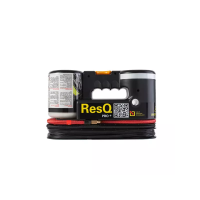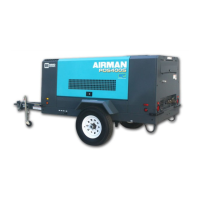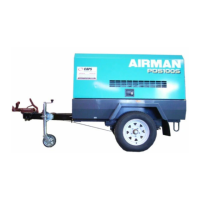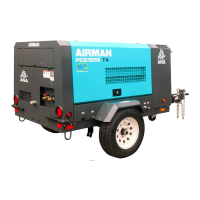What to do if the AirMan PDS400S-6B1 Air Compressor starter rotates but the engine doesn't start?
- SSheila Castillo MDAug 14, 2025
If the starter rotates but the engine doesn't start, there could be several reasons. The fuel filter might be clogged, in which case you should disassemble, clean, or change it. Alternatively, the fuel cut motor stopper may be malfunctioning, so check the fuse. Finally, make sure you have enough fuel and replenish if necessary.





